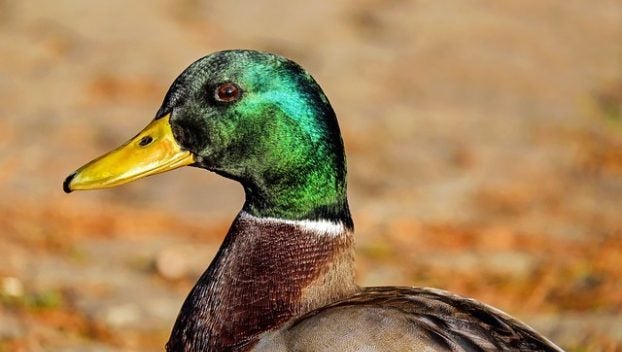Mike Wilson: Farmville, this is the hidden art of lulling mallards
Published 7:11 am Tuesday, August 1, 2023
|
Getting your Trinity Audio player ready...
|
My good friend the Boss Man and I often joke about lulling our opponents into complacency during match play in golf by losing hole after hole initially (on purpose, naturally), thus leading them to let down their guard for a stunning comeback on our part on the last few holes. Through the years this stratagem has actually worked only once that I can recall; my continued reliance on it is, on the whole, likely to remain unprofitable. But lulling mallards, on the other hand, seems to work better.
“Lulling Mallards” is actually ambiguous, depending on whether “lulling” is used as an adjective or not: it could mean I am lulling them or they are lulling me. It happens to be the latter that I now recount.
My friend and former student Arkansas Dan and I were hunting ducks and geese the last day of the duck season last January, and the birds were fairly active. Very early on—as in two minutes after legal light—a pair of mallards stopped in and Dan splashed the drake, which apparently died in the air and then floated belly-up, with no pedaling whatsoever, just outside our spread.
‘Lulling mallards’ the hard way
Since there was virtually no wind and a negligible current, we thought it best just to keep an eye on it instead of going out in the boat right through the decoys to pick it up during a prime shooting window. Good plan: we actually took another duck and a Canada before things slowed down altogether. All along, we both made sure to keep an eye on our drake, which bobbed placidly upside-down in the barely discernable waves. It had drifted away maybe a hundred yards, but it was still easily visible. Feeling magnanimous, I told Dan to hang in and cover the decoys just in case while I went out to get the duck.
Now keep in mind that this drake hadn’t moved a muscle or even twitched in well over an hour and a half, so you can imagine my surprise when I reached to pick it up by the neck and it suddenly flipped over and went into hyper-Mojo mode, both running and semi-flying—its wings a patented blur– across the surface of the lake until it was about 50 yards away. Determined to end the fun, I let off a couple of rounds of bismuth B shot with no apparent effect, so the chase was on. (And yes, I have patterned that load.)
As I continued to pursue the wounded quacker, it began to motor toward a veritable mansion on a point with a private beach. (The owners were likely the same people who had called the authorities thoroughly horrified the year before to report hunters finishing off a duck on “their” bank, leading the local mayor to declare that his town now had “territorial waters” in which discharging firearms was forbidden– a legal maneuver instantly squashed flat by the state.) Determined to cut it off so I could safely shoot back toward open water, I finally achieved the needed range and vector and finished it off. Though Dan was pretty far away, I could detect that he was convulsed with laughter.
What makes these fowl so hardy? Who can say. All I know is, in the future we need to bring twice as much ammo and shoot them again to anchor them like sea ducks for good measure!





